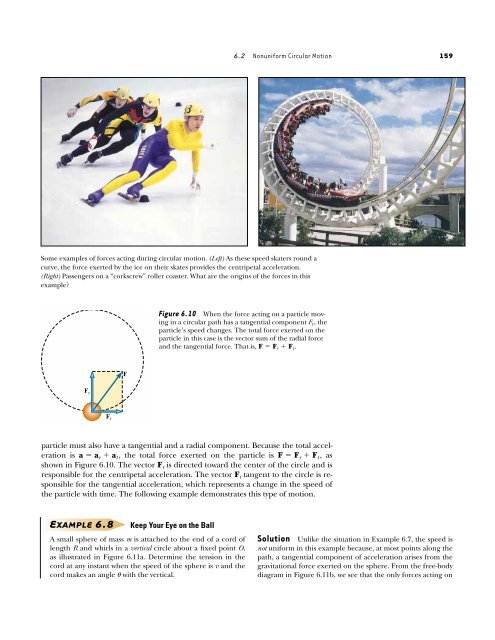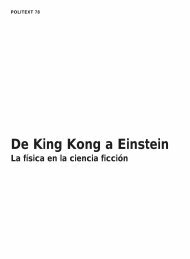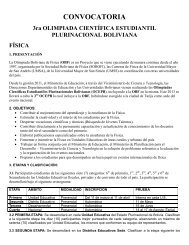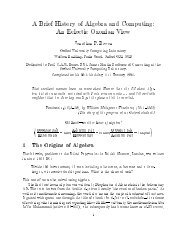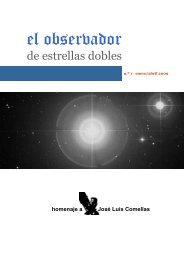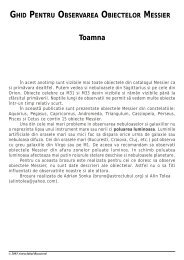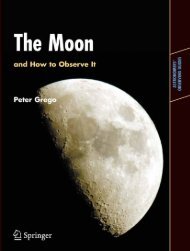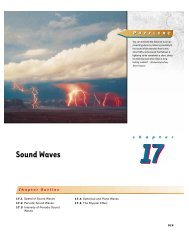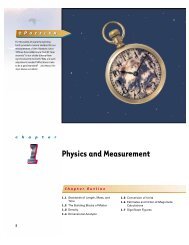Circular Motion and Other Applications of Newton's Laws
Circular Motion and Other Applications of Newton's Laws
Circular Motion and Other Applications of Newton's Laws
Create successful ePaper yourself
Turn your PDF publications into a flip-book with our unique Google optimized e-Paper software.
Some examples <strong>of</strong> forces acting during circular motion. (Left) As these speed skaters round a<br />
curve, the force exerted by the ice on their skates provides the centripetal acceleration.<br />
(Right) Passengers on a “corkscrew” roller coaster. What are the origins <strong>of</strong> the forces in this<br />
example?<br />
F r<br />
F t<br />
F<br />
particle must also have a tangential <strong>and</strong> a radial component. Because the total acceleration<br />
is a � a r � a t, the total force exerted on the particle is F � F r � F t, as<br />
shown in Figure 6.10. The vector F r is directed toward the center <strong>of</strong> the circle <strong>and</strong> is<br />
responsible for the centripetal acceleration. The vector F t tangent to the circle is responsible<br />
for the tangential acceleration, which represents a change in the speed <strong>of</strong><br />
the particle with time. The following example demonstrates this type <strong>of</strong> motion.<br />
EXAMPLE 6.8<br />
6.2 Nonuniform <strong>Circular</strong> <strong>Motion</strong> 159<br />
Figure 6.10 When the force acting on a particle moving<br />
in a circular path has a tangential component F t, the<br />
particle’s speed changes. The total force exerted on the<br />
particle in this case is the vector sum <strong>of</strong> the radial force<br />
<strong>and</strong> the tangential force. That is, F � F r � F t.<br />
Keep Your Eye on the Ball<br />
A small sphere <strong>of</strong> mass m is attached to the end <strong>of</strong> a cord <strong>of</strong><br />
length R <strong>and</strong> whirls in a vertical circle about a fixed point O,<br />
as illustrated in Figure 6.11a. Determine the tension in the<br />
cord at any instant when the speed <strong>of</strong> the sphere is v <strong>and</strong> the<br />
cord makes an angle � with the vertical.<br />
Solution Unlike the situation in Example 6.7, the speed is<br />
not uniform in this example because, at most points along the<br />
path, a tangential component <strong>of</strong> acceleration arises from the<br />
gravitational force exerted on the sphere. From the free-body<br />
diagram in Figure 6.11b, we see that the only forces acting on


